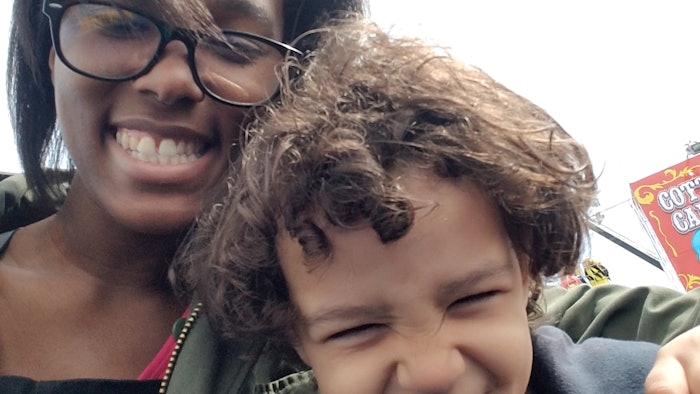Journal of Intercultural Studies: Call for Papers: Special Issue
Journal of Intercultural Studies
2016-11-04
Deadline: 2017-07-31
Studying mixed race in a global perspective is an increasingly important phenomenon. The global economy, growing rates of migration, and rapidly advancing information and communication technologies have brought diverse groups in closer contact in more areas of the globe, even those previously regarded as racially and ethnically homogenous. Intermarried couples and mixed race celebrities are often heralded in media reports as examples of a growing phenomenon where race, culture and colour are argued to no longer matter, even when that is far from the reality. Amidst these widespread claims of a post-racial or colourblind world, the Othering of certain groups and racialized discourse remains, and is often most clear in debates over the possibility or perceived threat of intimacy and sex with racialized Others. In an ever-changing globalised world, mixing across established boundaries of race, ethnicity, religion or tribe can be celebrated, yet it can also be constructed as very dangerous, and these complexities need to be studied globally. While countless academic studies and media reports have been devoted to investigating, documenting and/or explaining this phenomenon of mixed identities and relationships, many questions remain unanswered.
- What does mixed race mean across the globe?
- What are the lived experiences of mixed couples and mixed race individuals in different countries and contexts?
- What are attitudes toward ‘mixing’?
- How do the children of mixed couples identify?
- Is there a way to understand the experiences of mixed people and families in a global context, or is there too much difference – different histories, different populations and different contexts – to find common ground?
Submission Instructions
We are looking for original papers that critically address the issue of mixed race globally from new and innovative perspectives to make up this Special Issue.
Papers to be between 7,000–8,000 words in length, and submitted to https://mc.manuscriptcentral.com/cjis (when submitting please label your manuscript a ‘Special Issue Paper’).
The Critical Mixed Race special issue will be published early–2018: we are accepting papers up until the 31st July 2017
Editorial information
Guest Editor: Erica Chito Childs, Hunter College and CUNY Graduate Centre
For more information, click here.






